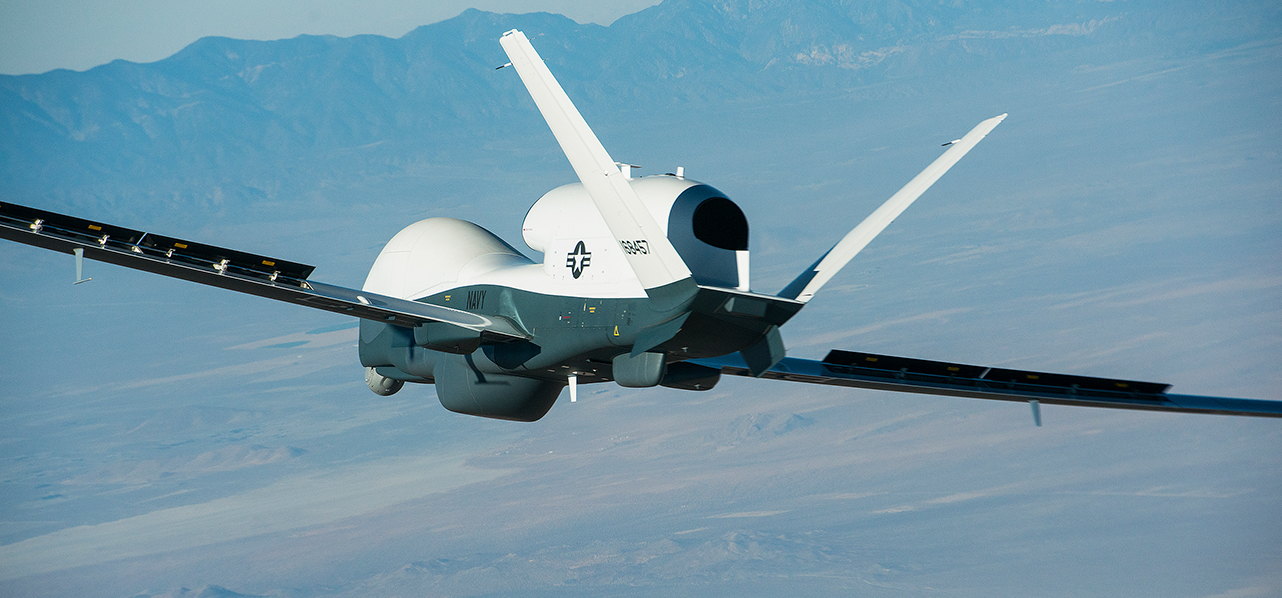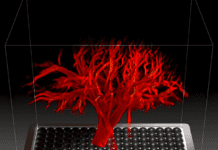This post is also available in:
 עברית (Hebrew)
עברית (Hebrew)
The MQ-4C Triton autonomous, unmanned aircraft embarked on its first deployment, a move to demonstrate what the US Navy calls early operational capability.
Almost three months after arriving in Guam, a pair of MQ-4C Triton UAVs have integrated into fleet operations and training flights and stretched the Navy’s maritime domain awareness across the Indo-Pacific, according to the Navy.
The UAV can operate at greater than 50,000-foot altitudes and at the 2,000-mile-plus range, to provide an unmanned platform for persistent, maritime intelligence, surveillance, and reconnaissance capabilities and work alongside its manned fleet of reconnaissance and surveillance patrol aircraft.
The Tritons with Unmanned Patrol Squadron 19 – the Navy’s first unmanned aircraft squadron – arrived in Guam in late January to support CTF-72, which oversees the patrol, reconnaissance and surveillance force in the U.S. 7th Fleet region. Along with supporting current operations for several Indo-Pacific-based task forces, one Triton drone recently joined in a “close formation” taxiing along with more than a dozen manned aircraft prior to takeoff at Anderson Air Force Base.
According to news.usni.org, the radar and sensors-packed Triton drones have been operating from Anderson AFB to provide an “early operational capability (EOC) to further develop the concept of operations and fleet learning associated with operating a high-altitude, long-endurance system in the maritime domain.”


























